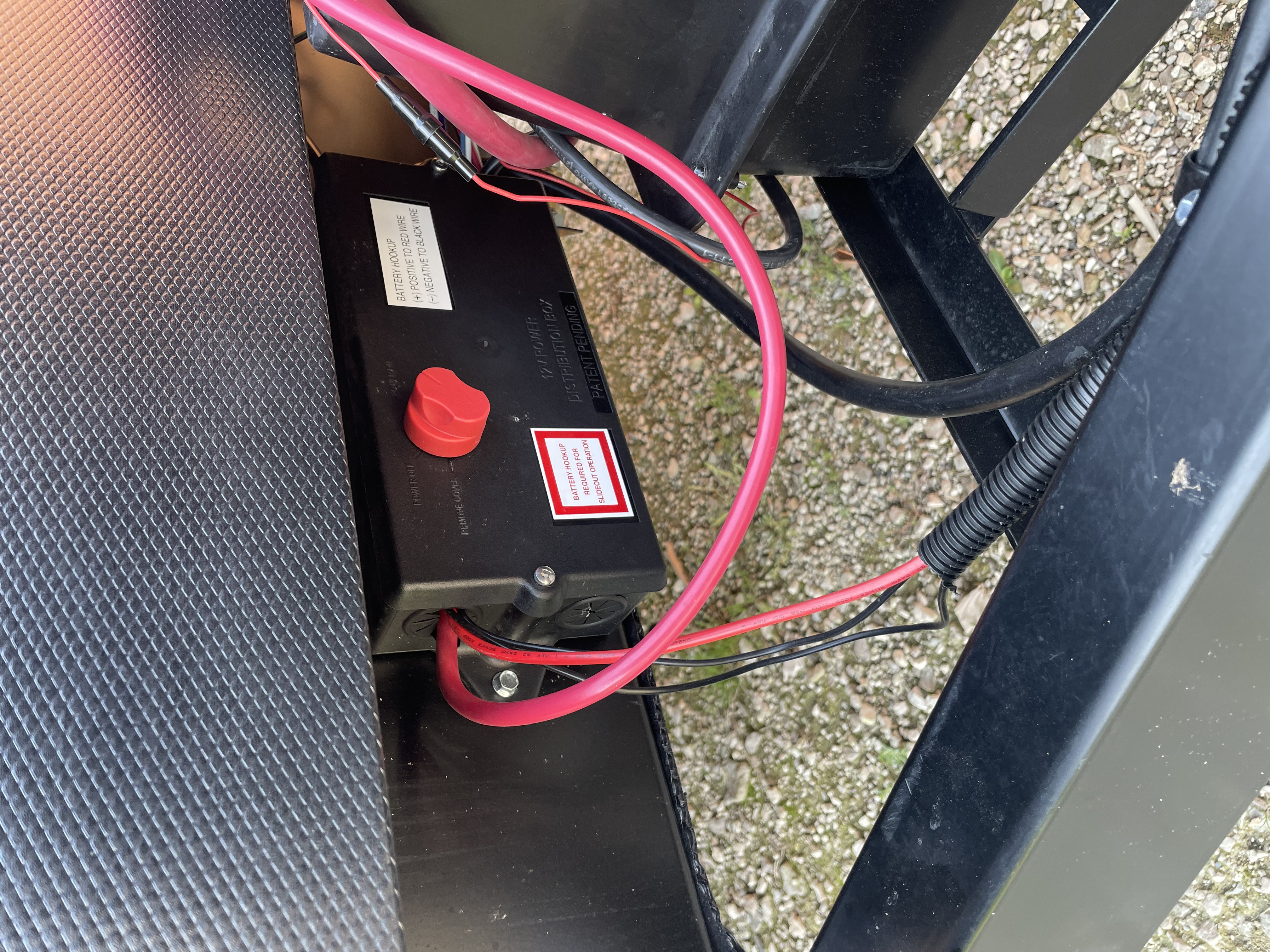 Ok so I’m hoping you all can help me figure this out or correct me if I’m wrong. So I just purchased a new travel trailer with 2 solar panels and 1 dragonfly lithium battery. I have a Xantech inverter a victron solar charger 100 and a victron smartshunt 500. Now I’ve went over and over the installation guide and I believe I have everything inputted correctly.
Ok so I’m hoping you all can help me figure this out or correct me if I’m wrong. So I just purchased a new travel trailer with 2 solar panels and 1 dragonfly lithium battery. I have a Xantech inverter a victron solar charger 100 and a victron smartshunt 500. Now I’ve went over and over the installation guide and I believe I have everything inputted correctly.
My issue is that the only thing the smart shunt reads is when I have things plugged into inverted outlets in the trailer. For instance I have a 12v fridge/freezer and when it is running nothing changes on the smart shunt app. Now when I plug a little fan in one of the inverter outlets it goes up and is reading the power the fan is using almost instantly.
So having this app shouldn’t I be able to read anything running off the battery not just inverted outlets? Another example if I turn on all the lights nothing changes on the app as well.
For clarification purposes in case anyone is wondering. I tested all this out with the trailer unplugged and the solar charger turned off so it was all dependent on the battery.
I thought I read something in another post about the trailer is possibly wired wrong because it only reads inverter outlets power usage.
I attached 2 pictures of how the shunt is wired as well in case it’s not wired correctly. The grey box on the left is the inverter.


 Here’s a better picture of the whole system. The battery minus wire goes directly to the battery and the one on the left of the shunt goes to the inverter (big grey box).
Here’s a better picture of the whole system. The battery minus wire goes directly to the battery and the one on the left of the shunt goes to the inverter (big grey box). 

